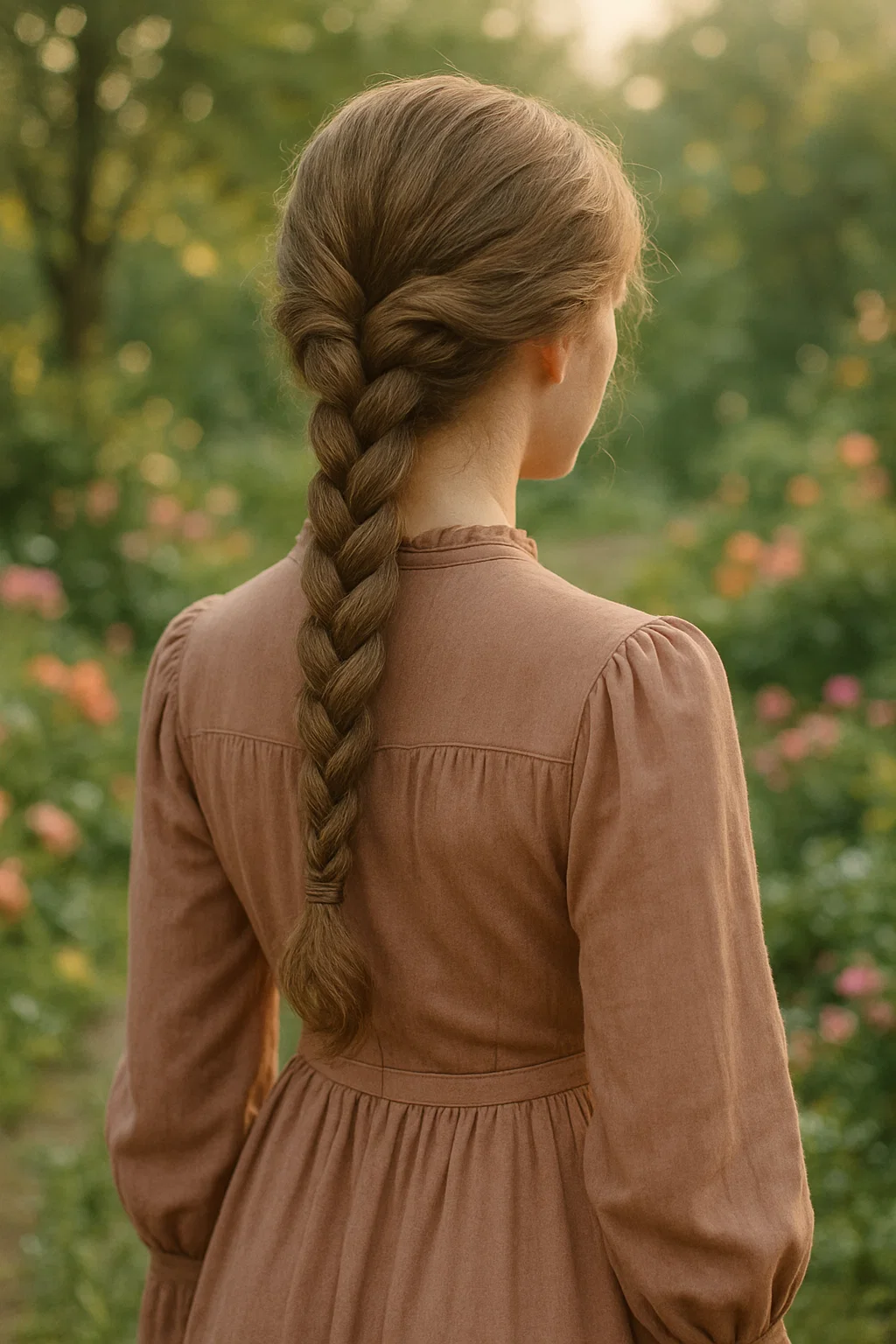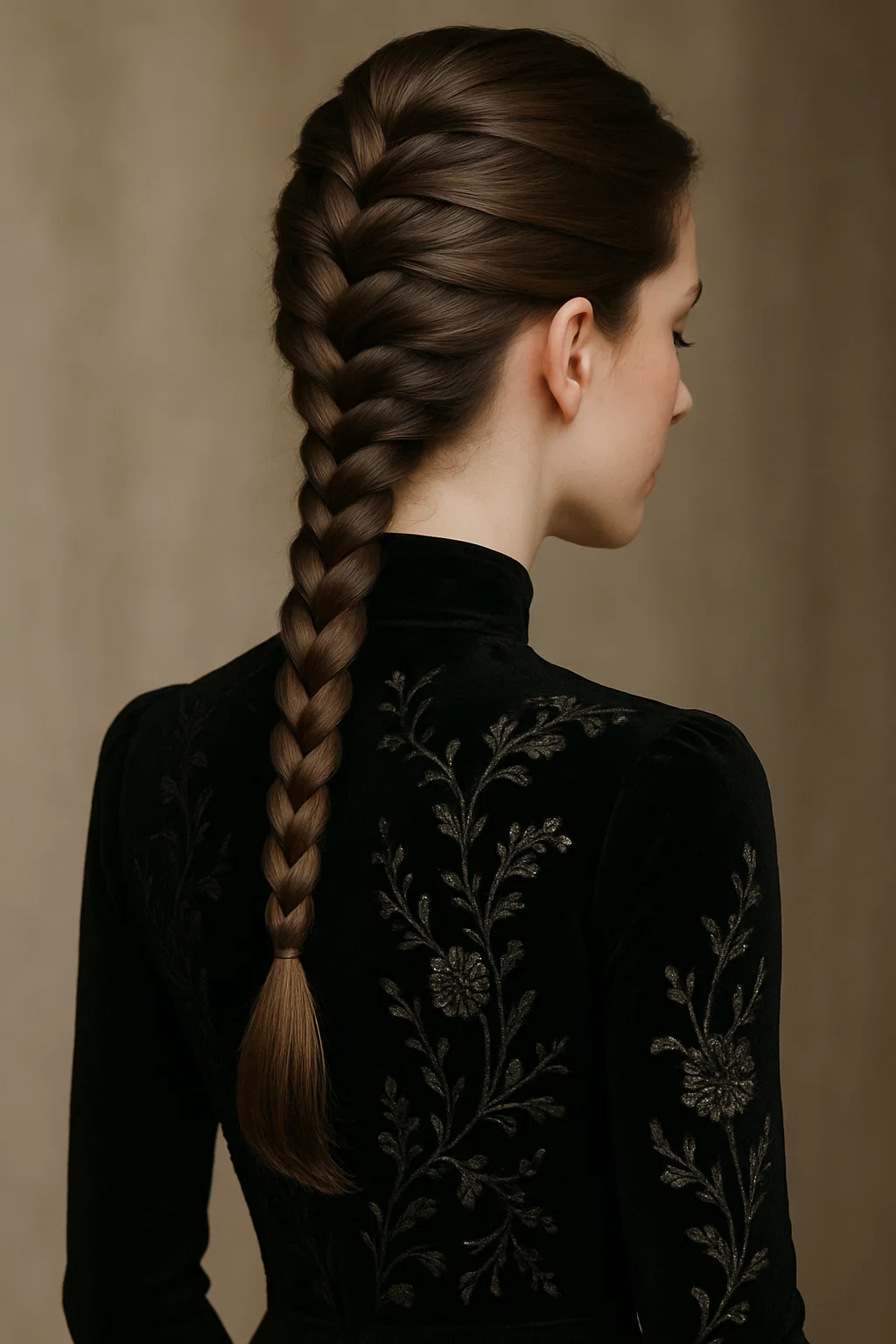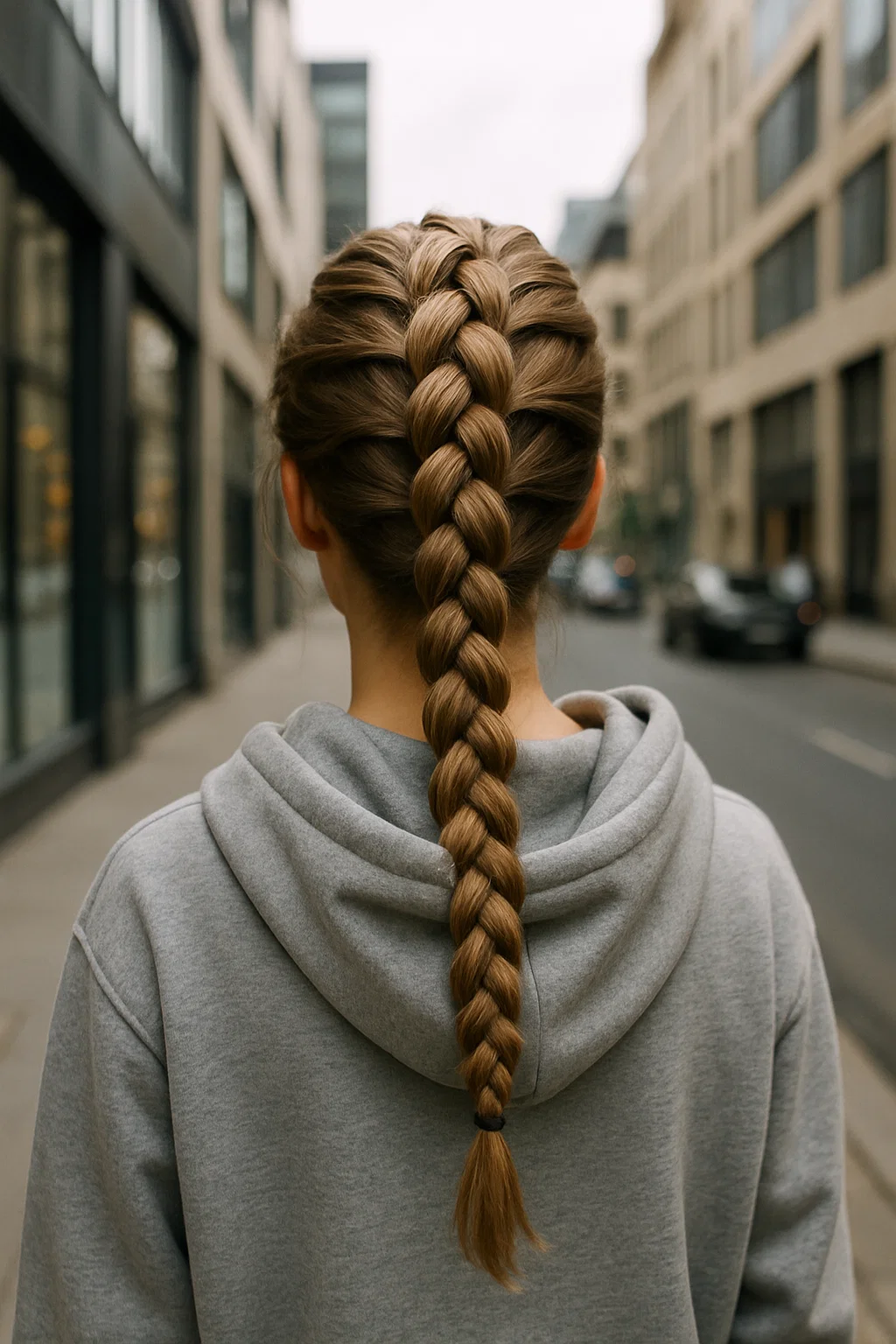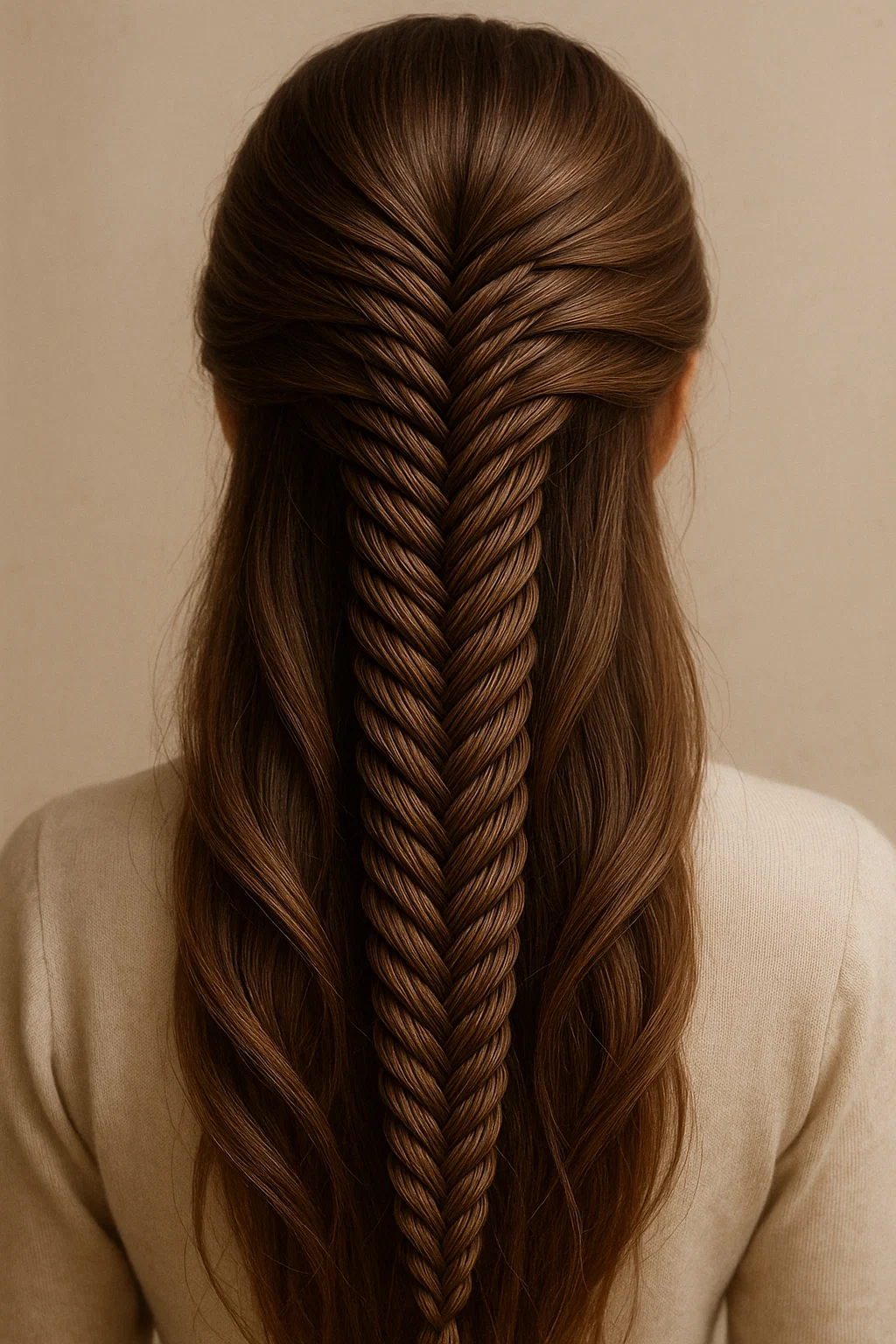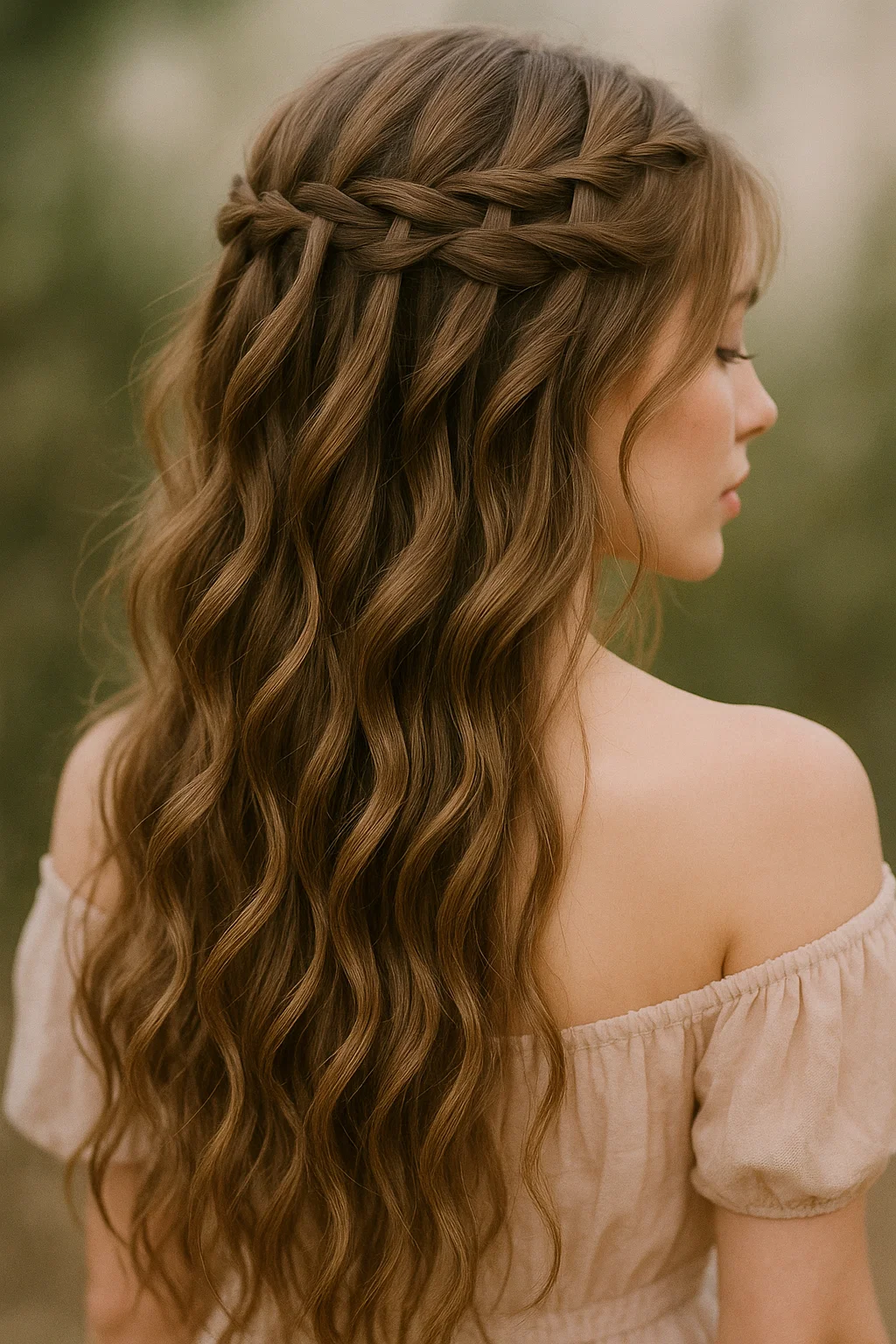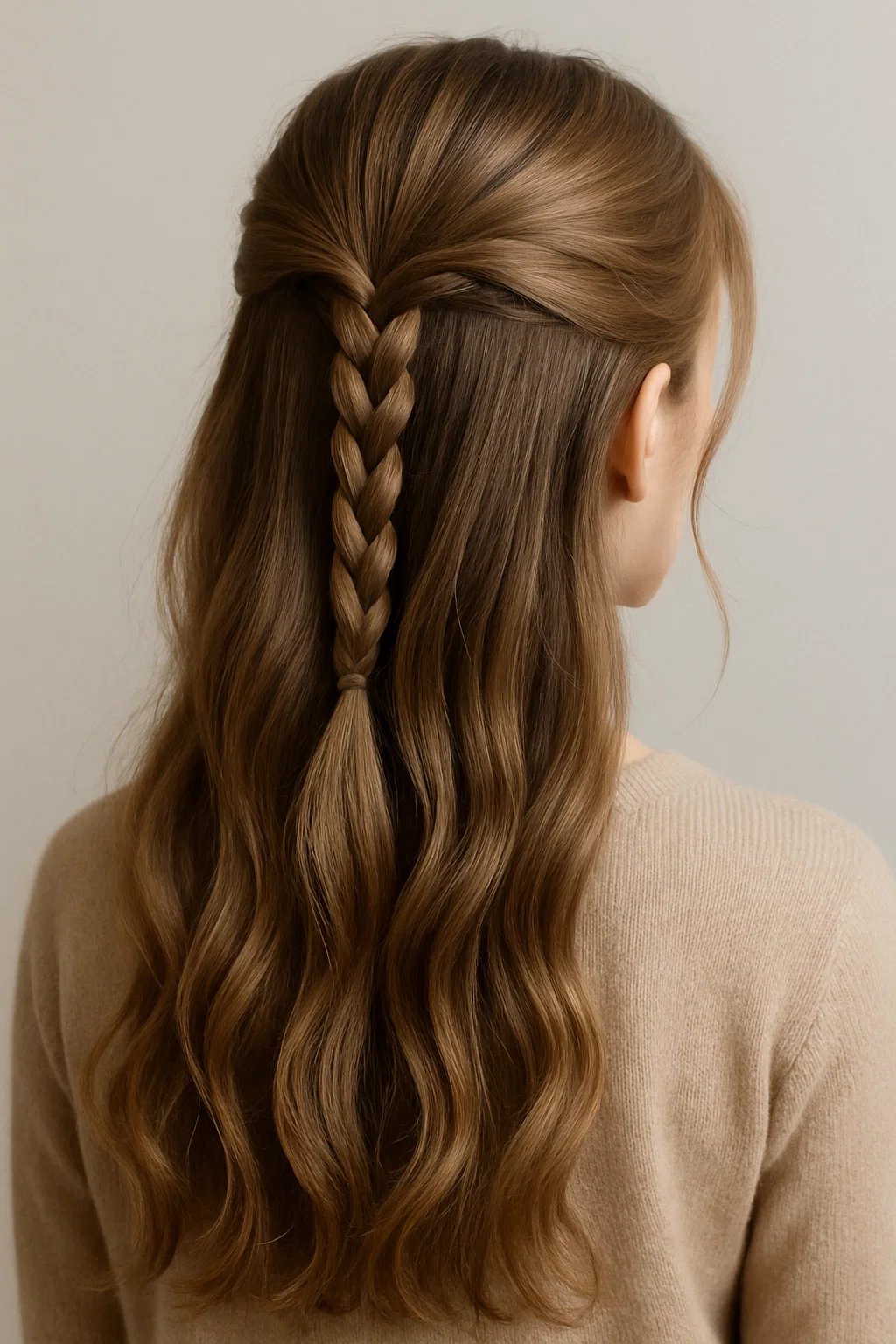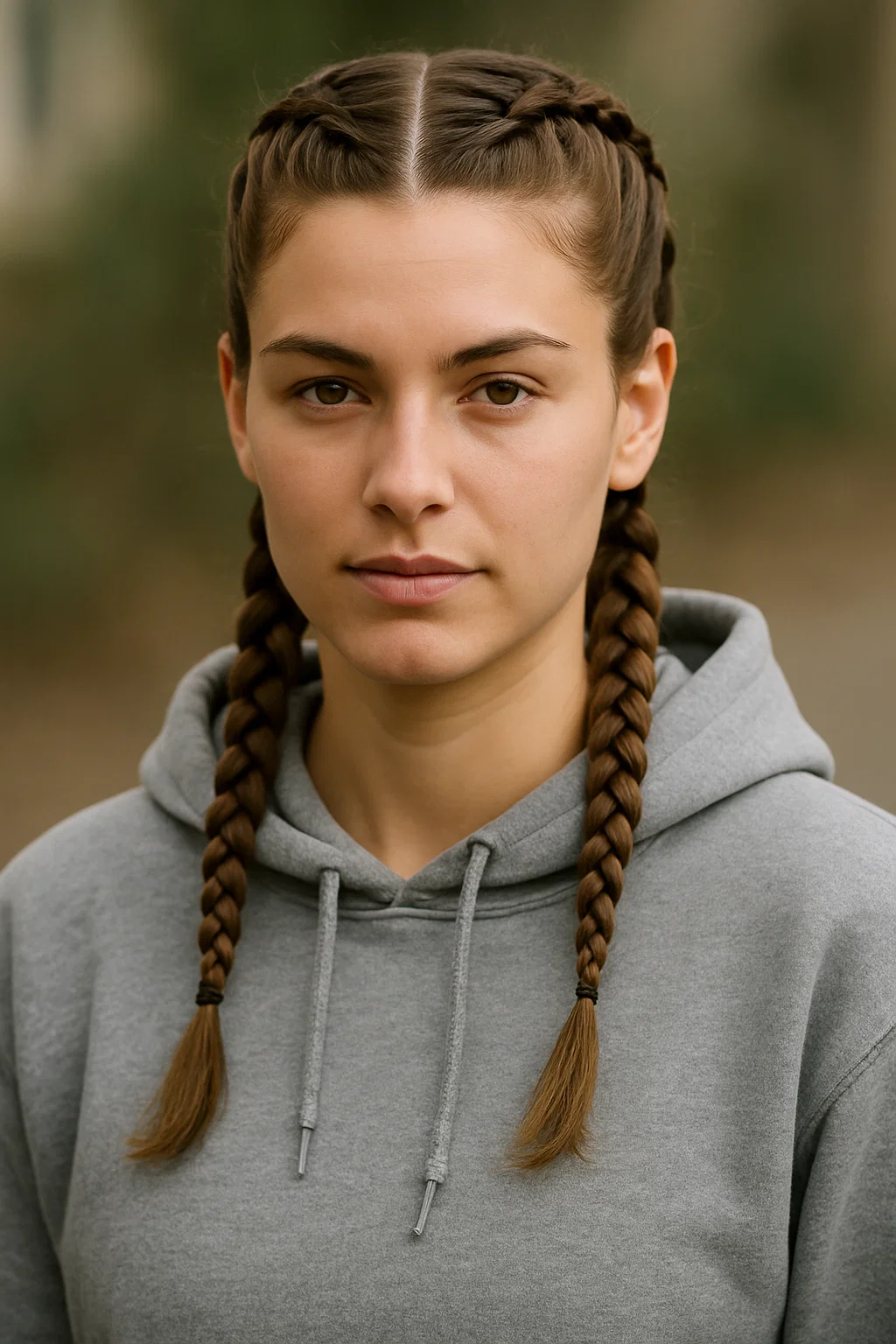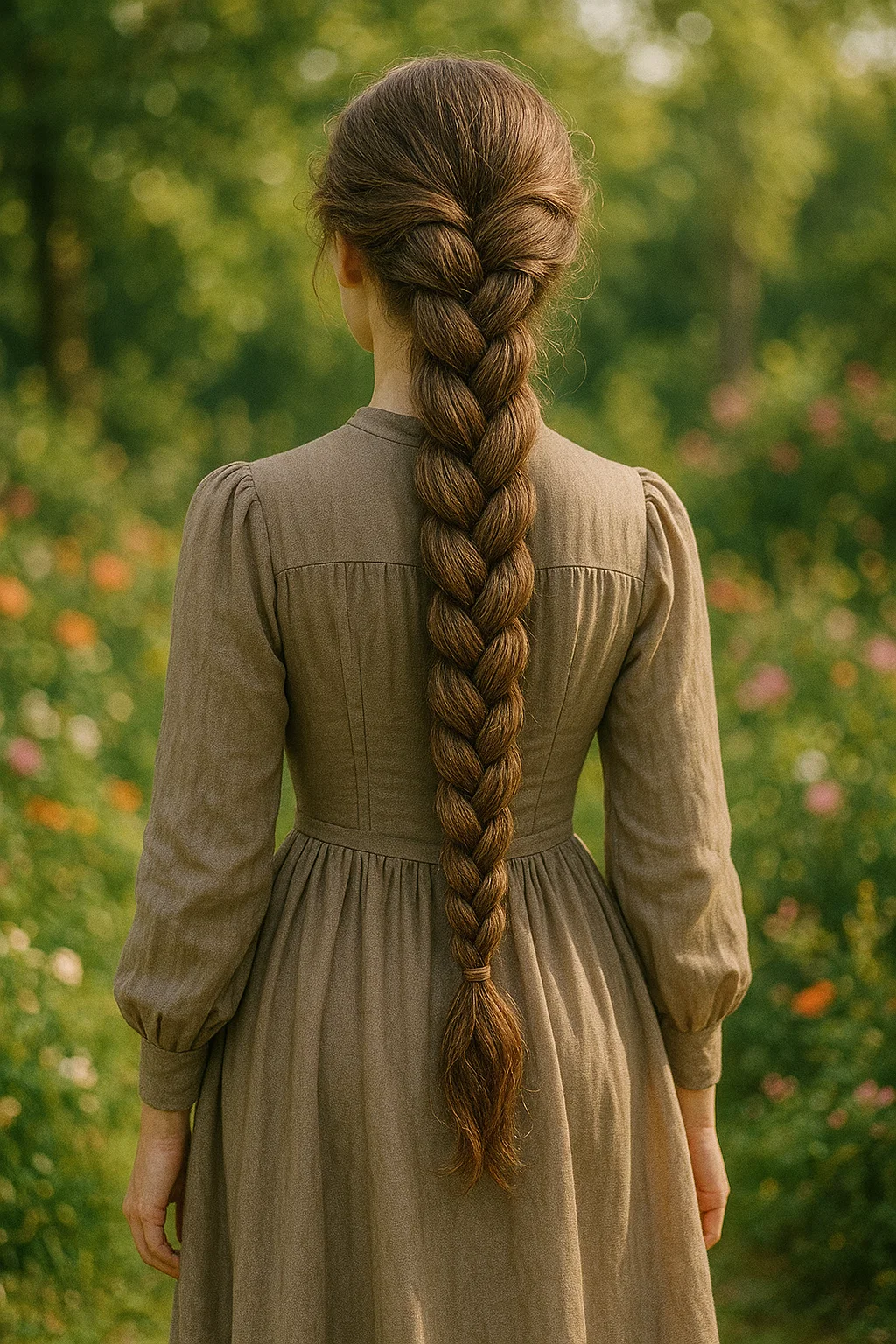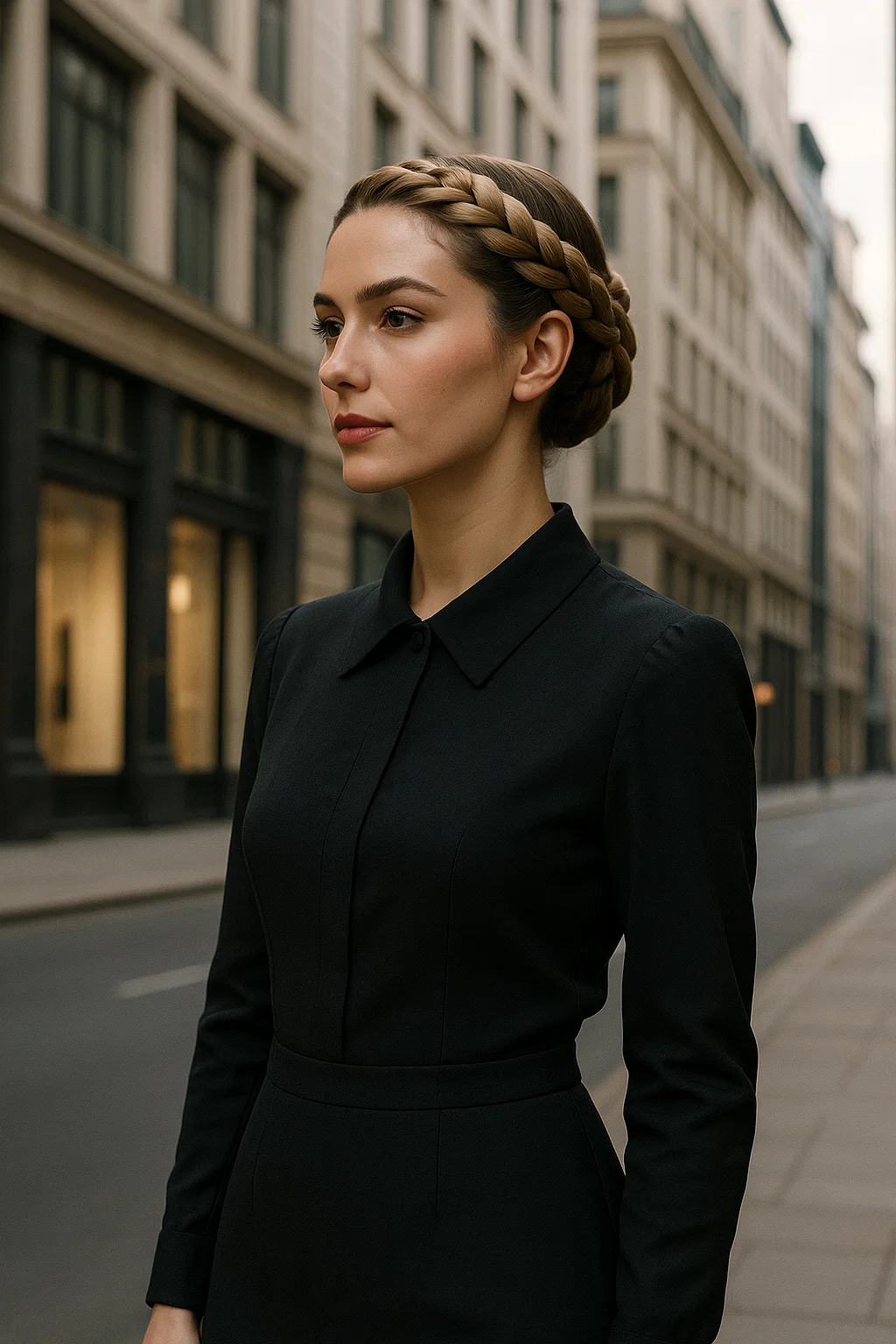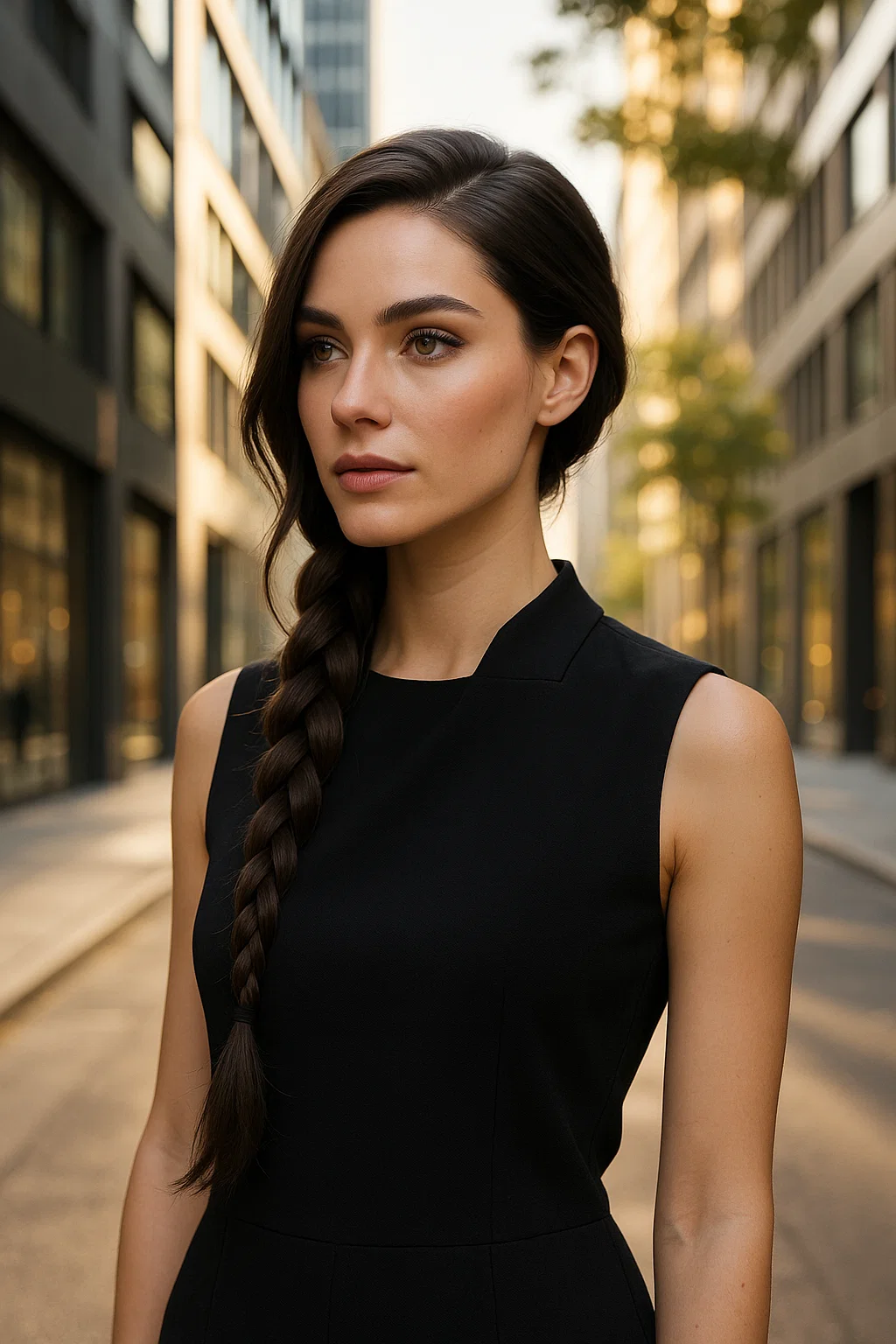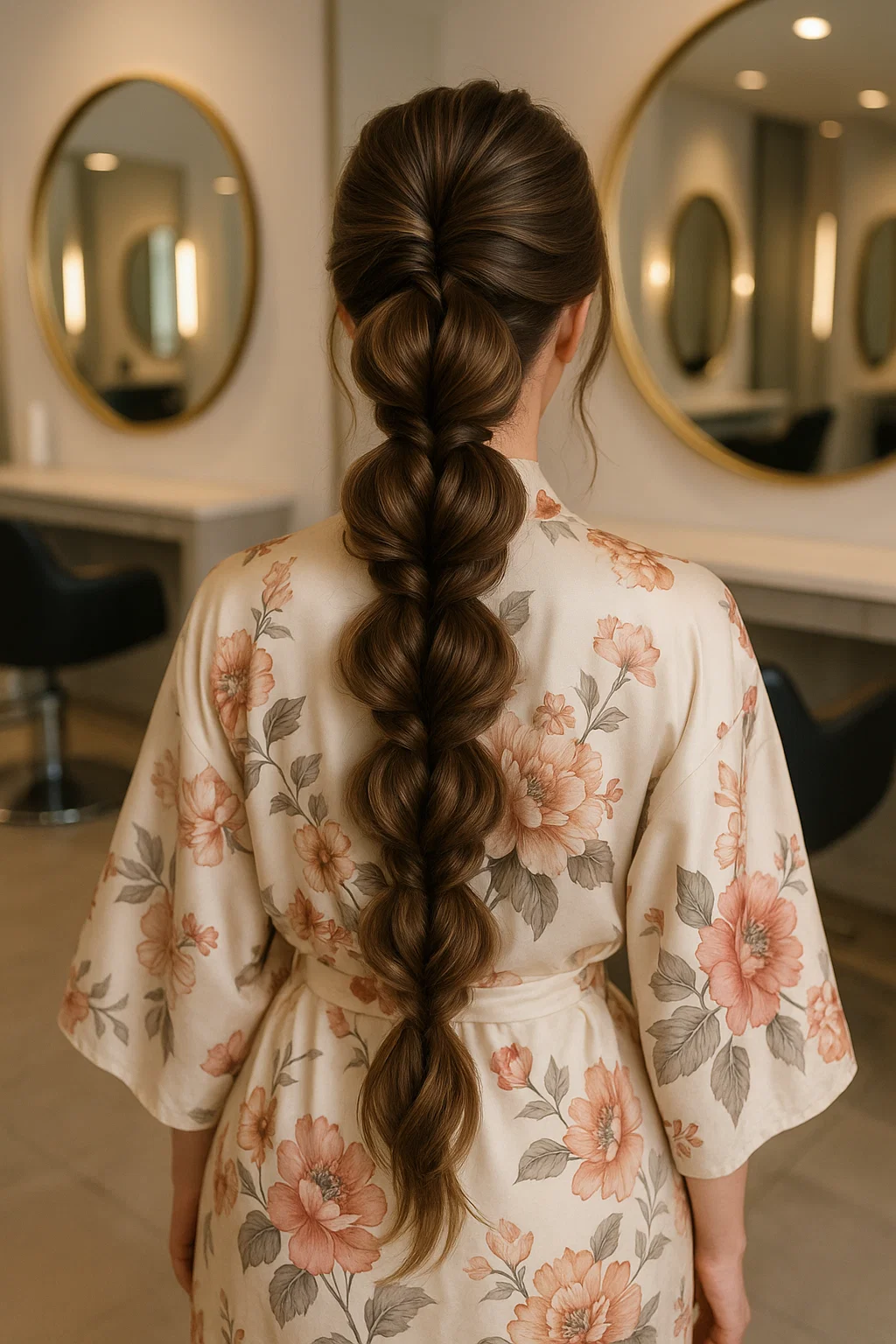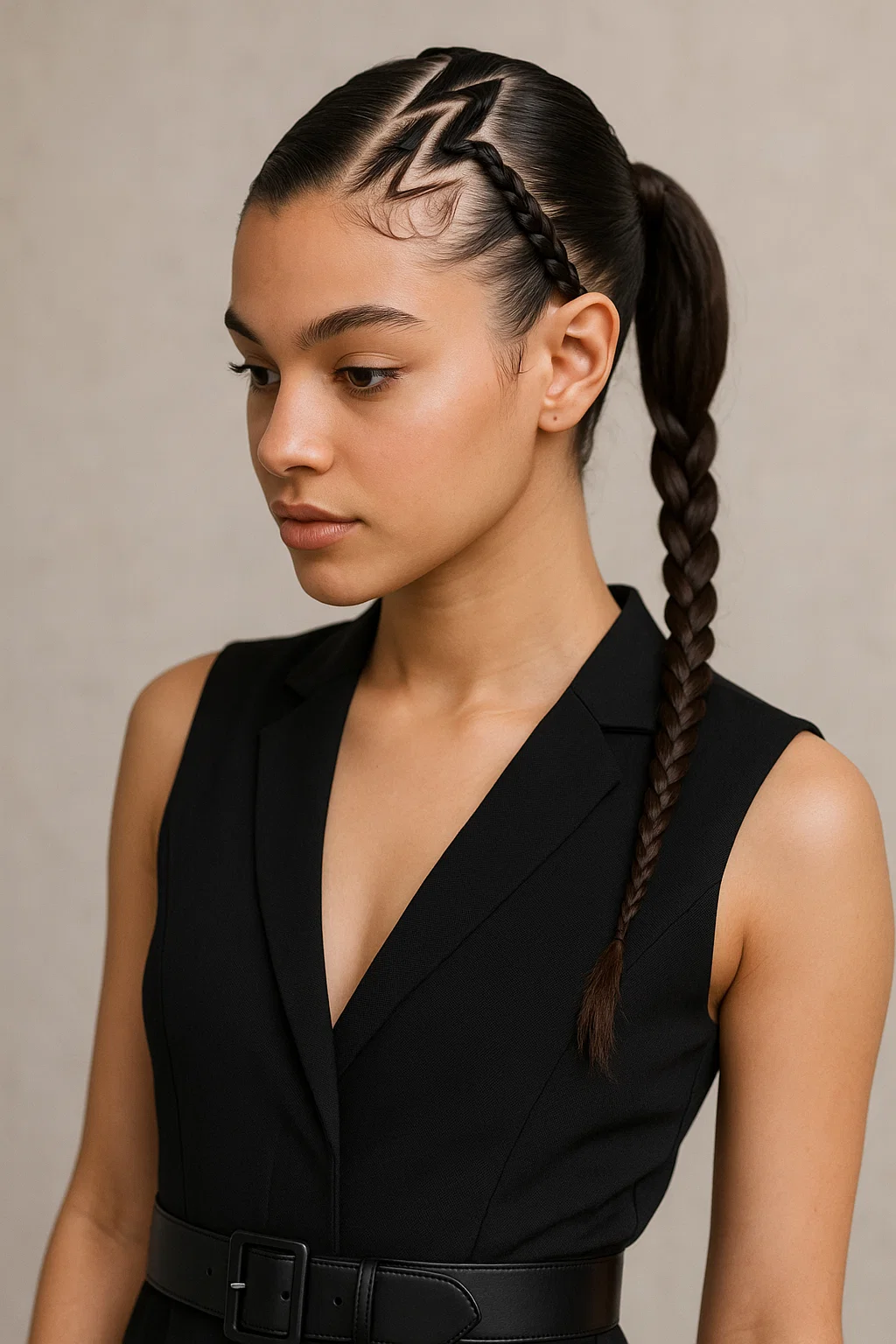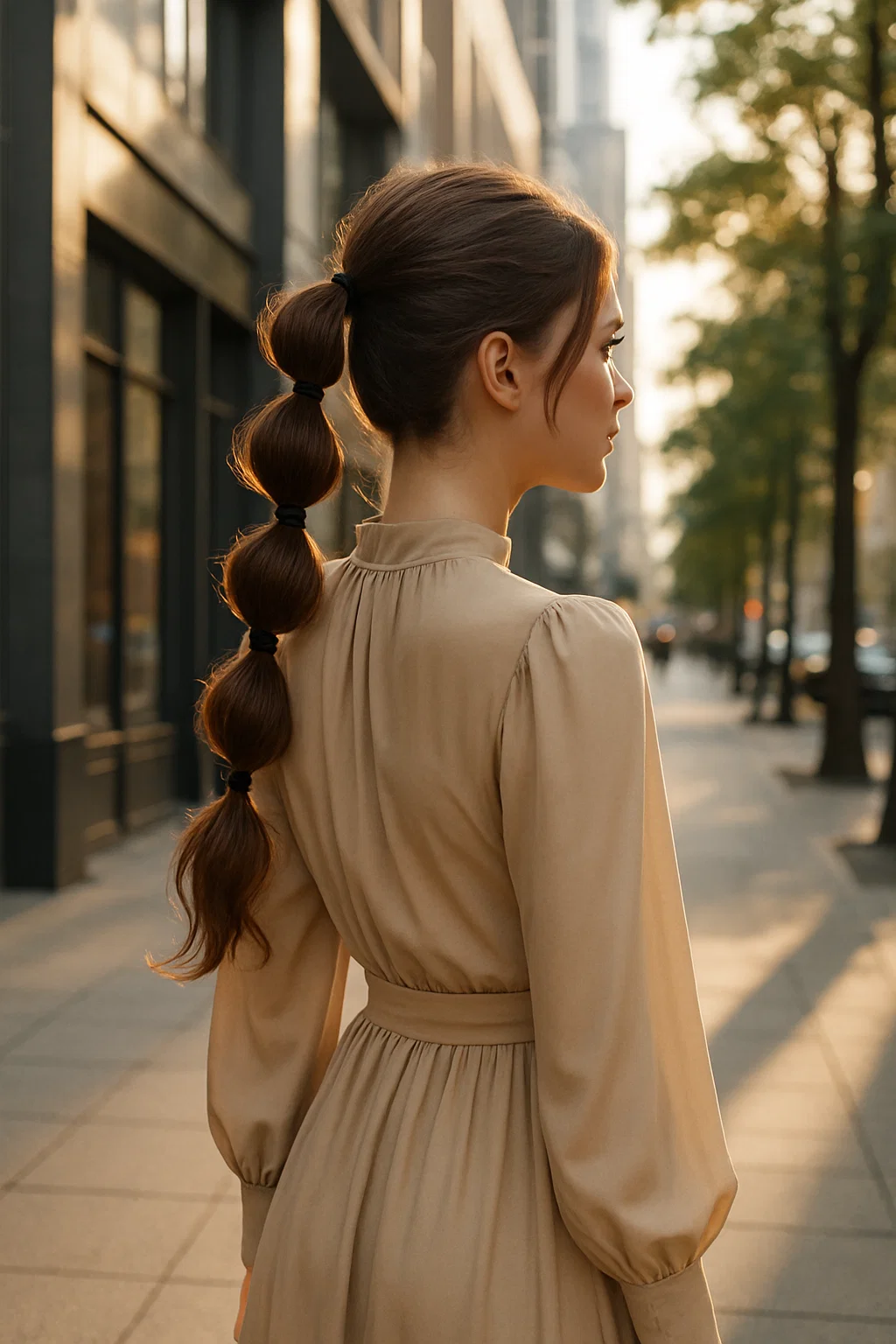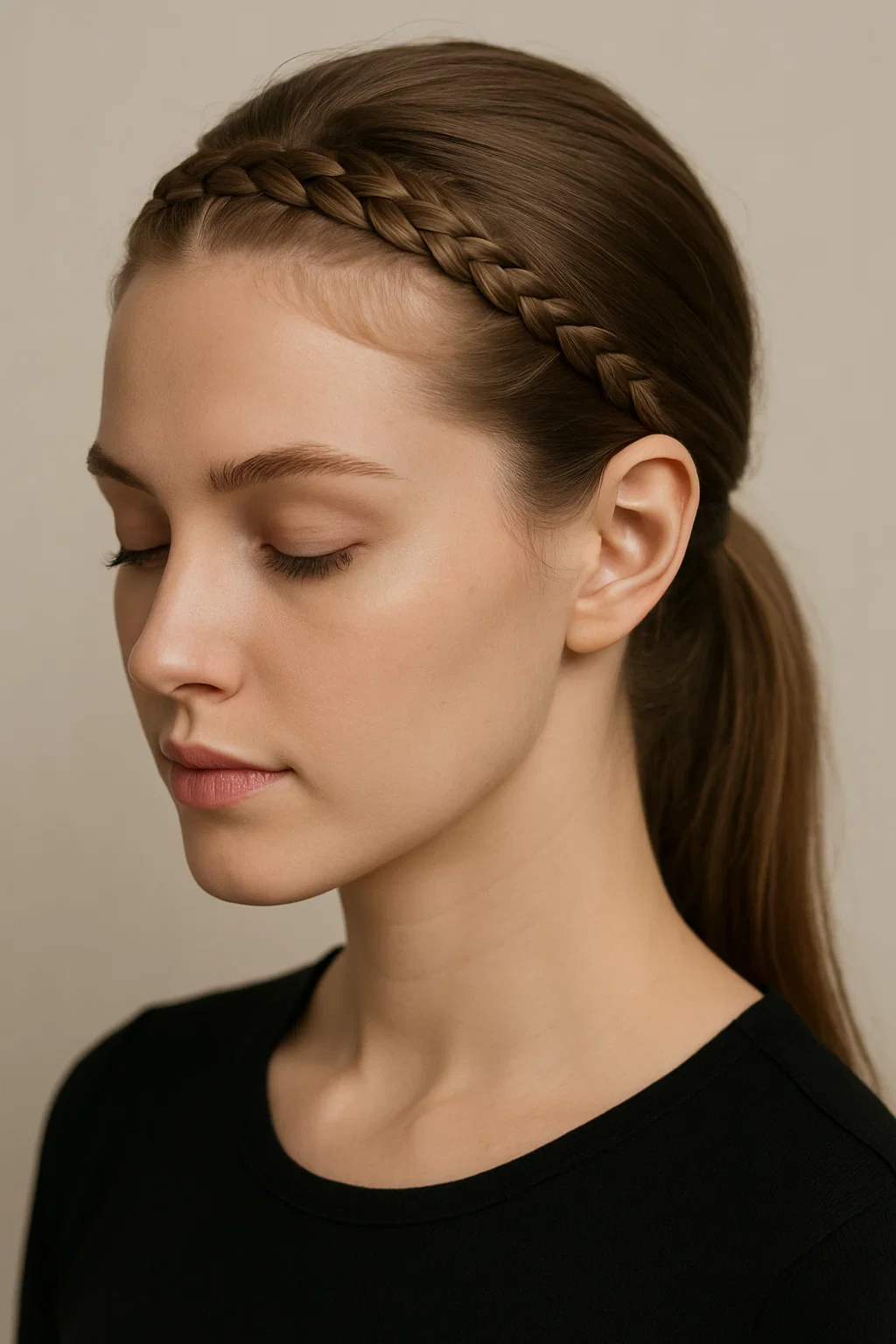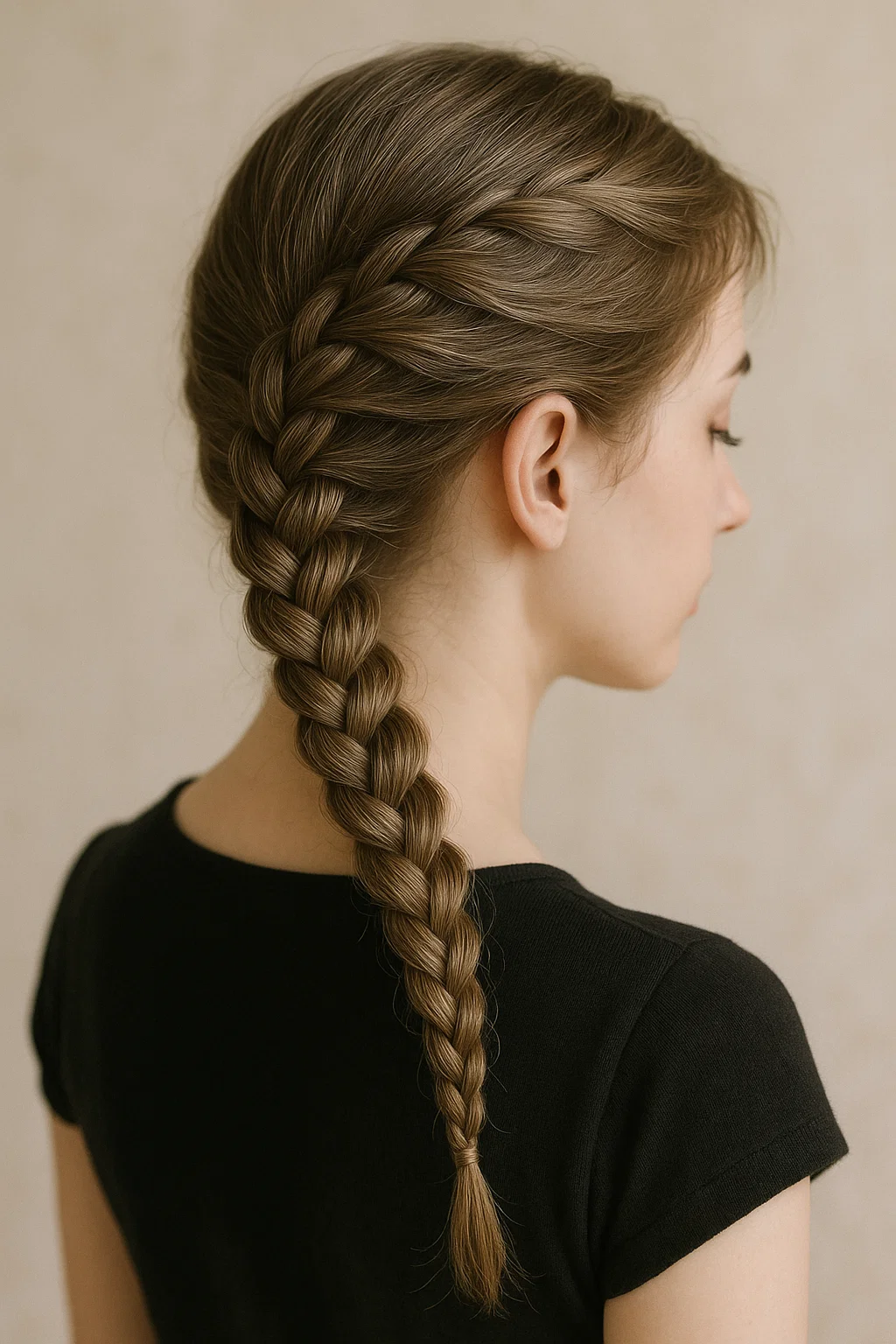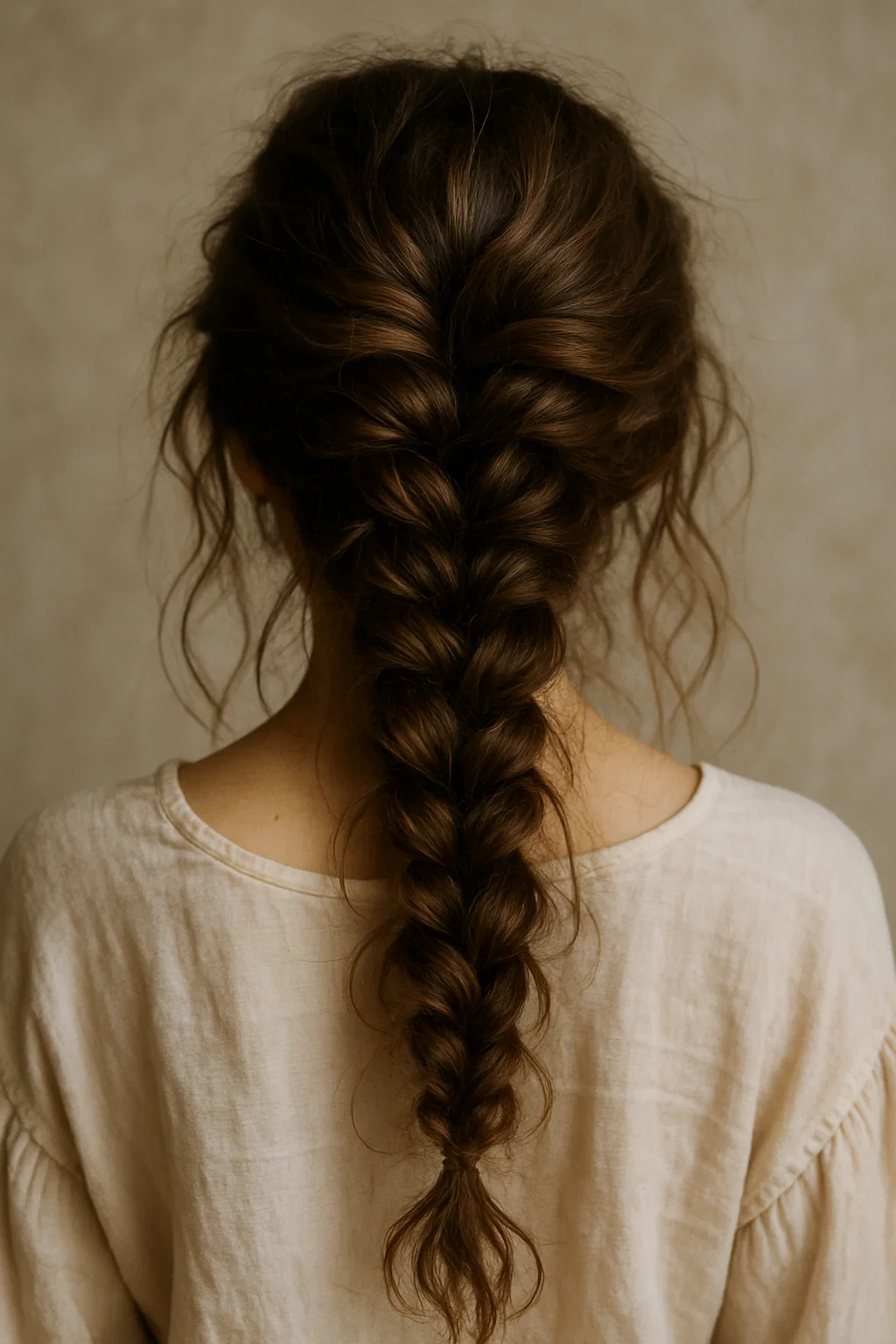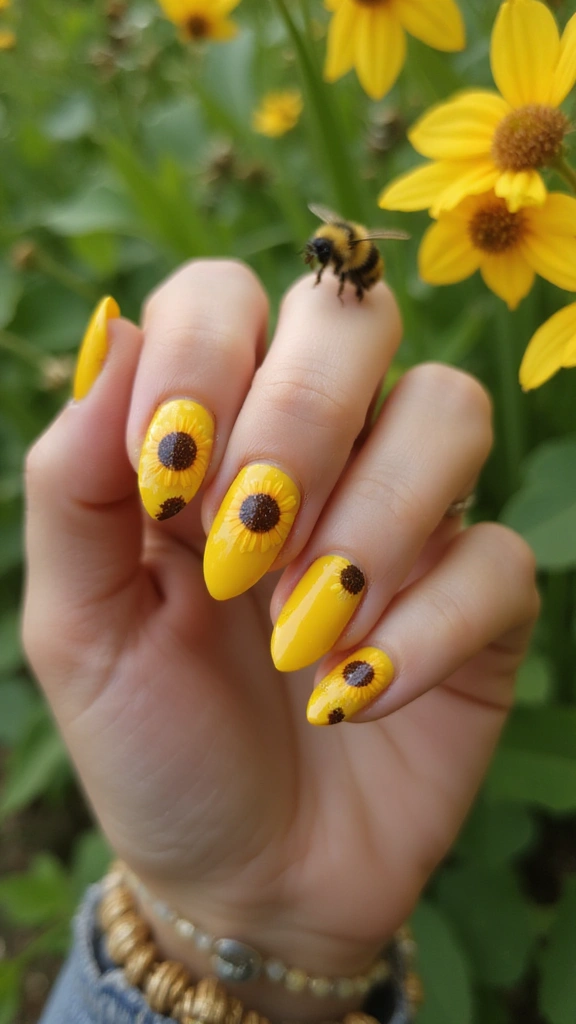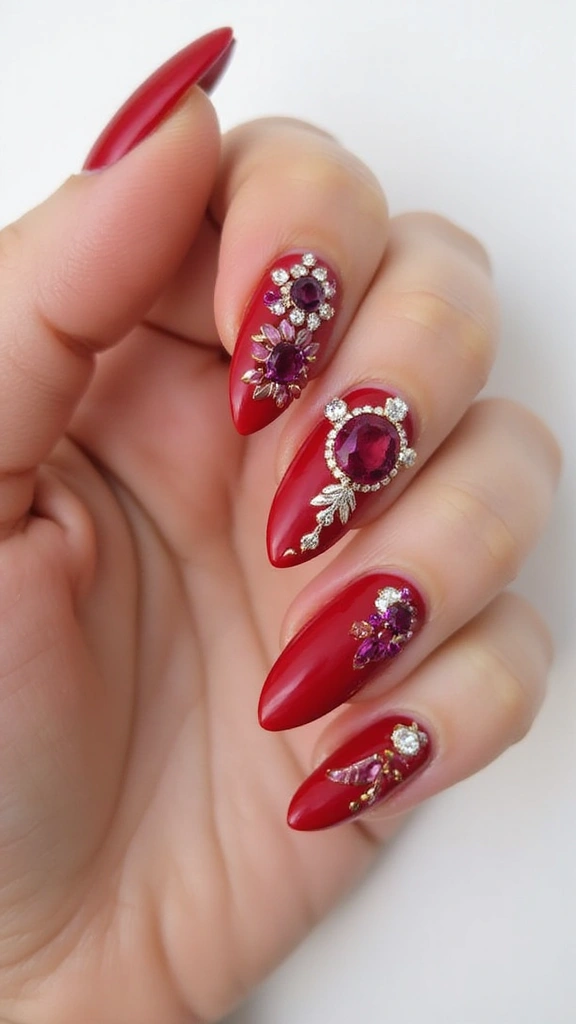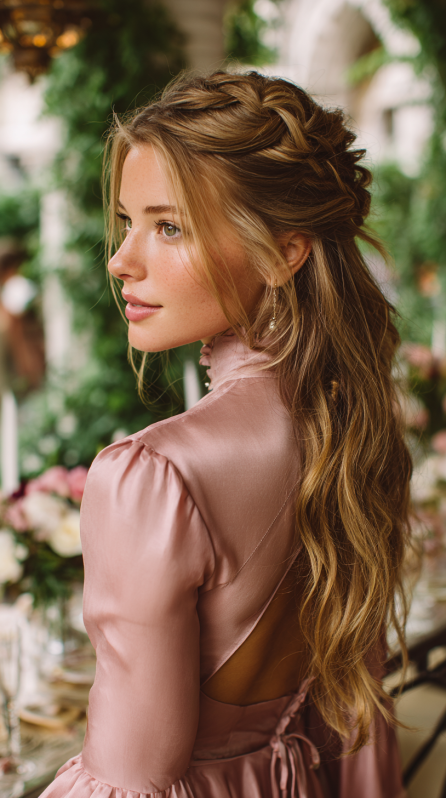Discover how to braid for beginners with 21 easy braids you can master fast! Learn simple braids to try and easy hair braiding techniques for stunning hairstyles.
Learning how to braid for beginners is one of the most rewarding hairstyling skills you can acquire. Braids are not only timeless and versatile but also practical, allowing you to create a wide range of looks from casual everyday styles to elegant, formal hairstyles. Whether you have long, medium, or even short hair, mastering beginner braiding styles can transform your hair routine and boost your confidence.
If you’re new to braiding, it might seem intimidating at first, but the good news is there are many easy hair braiding techniques that anyone can learn quickly with just a little practice. From the classic three-strand braid to trendy fishtail and Dutch braids, these styles are perfect starting points for those looking to add texture, dimension, and creativity to their hair without the need for expensive tools or salon visits.
In this guide, we’ll walk you through 21 easy braids for beginners that you can try today. These simple braids to try have been carefully selected to cover a variety of styles suitable for different occasions, hair types, and skill levels. Each braid is explained with easy-to-follow instructions so you can achieve professional-looking results at home.
Beyond just teaching you the braiding techniques, this article will also share essential tips for caring for your braids, common mistakes to avoid, and answers to frequently asked questions. Whether you want to protect your hair, look stylish, or experiment with new looks, these beginner-friendly braids are the perfect place to start your hair braiding journey.
Why Braids Are Great for Beginners
Braids have been a popular hair styling technique for centuries, appreciated for their aesthetic appeal and functionality. They keep hair tidy, minimize tangling, and can last all day without much upkeep.
Here are a few reasons why learning braids is beneficial for beginners:
Hair Protection: Braids reduce exposure to environmental damage like wind and sun.
Low Maintenance: Once done, braids stay neat longer than loose hair.
Styling Versatility: From casual to formal, braids suit every occasion.
Boosts Confidence: Learning a new skill and seeing results is empowering.
Must-Have Tools for Beginner Braiding Styles
Before diving into braiding, ensure you have these essentials:
Wide-tooth comb: Ideal for detangling without breakage.
Hair elastics: Use snag-free, small bands for a secure finish.
Hair clips: Section your hair efficiently.
Light styling gel or mousse: Keeps strands in place for cleaner braids.
Mirror(s): Handheld and wall mirrors help see angles for braiding your own hair.
Why Braids Are Great for Beginners
Braids are an ideal starting point for anyone new to hairstyling, offering a blend of simplicity, versatility, and practicality. If you’re wondering why braids are great for beginners, here are several reasons that make them the perfect hairstyle to master early on.
1. Easy to Learn and Practice
Most braiding techniques begin with the classic three-strand braid, which is straightforward to learn and forms the foundation for more complex styles. This makes braiding accessible even for those with no prior hairstyling experience. As you build confidence with simple braids, you can gradually explore beginner braiding styles like French, Dutch, or fishtail braids.
2. No Special Tools Required
Unlike some hairstyles that require heat tools or complicated accessories, easy hair braiding techniques usually only need your hands, a comb, and elastics. This simplicity reduces barriers and encourages experimentation without extra cost or equipment.
3. Protects Hair and Promotes Health
Braids are not just stylish—they also serve as a protective hairstyle that shields your hair from environmental damage, reduces tangling, and minimizes breakage caused by daily brushing or styling. For beginners, learning to braid means adopting a hair-friendly practice that promotes overall hair health.
4. Versatility for All Hair Types and Lengths
Braids work well on all hair textures and lengths, from straight to curly and short to long. This versatility means beginners of all hair types can find simple braids to try that suit their hair and lifestyle, making braiding an inclusive skill.
5. Offers Quick and Stylish Looks
For busy days or last-minute events, braids provide quick, chic hairstyles that look polished with minimal effort. Learning easy braided hairstyles allows beginners to style their hair creatively in just a few minutes.
21 Easy Braids for Beginners
Below are 21 braid styles, from the simplest to slightly more advanced, to help you build your braiding skills step by step.
1. Classic Three-Strand Braid
The foundational braid everyone should know. Divide hair into three equal sections. Cross the right strand over the middle, then the left strand over the middle, alternating until you reach the end. Secure with an elastic.
2. Side Braid
Take the classic braid and position it over one shoulder for a casual, relaxed look. This style works great on all hair lengths.
3. Rope Braid
Split your hair into two sections. Twist each section tightly in one direction, then twist the two sections together in the opposite direction. It looks complicated but is very beginner-friendly.
4. French Braid
Start at the crown, dividing hair into three sections. Each time you cross a section over the middle, add a bit more hair from the sides. This braid hugs your head and creates a polished look.
5. Dutch Braid
Similar to a French braid, but instead of crossing strands over, you cross them under. This creates a braid that appears to sit on top of your hair, adding texture and volume.
6. Fishtail Braid
Divide hair into two large sections. From the outer edge of one section, take a small strand and cross it over to the other section. Repeat on the other side, alternating. It creates a stunning, intricate pattern.
7. Waterfall Braid
Begin like a French braid, but drop one strand each time you cross it over and pick up a new strand behind it. This style creates cascading, flowing waves of hair.
8. Half-Up Braid
Simply braid the top half of your hair and leave the rest loose. It’s quick and adds elegance to everyday looks.
9. Boxer Braids
Also known as double Dutch braids, these start at the hairline and run down both sides of your head. They are sporty, trendy, and practical for workouts.
10. Four-Strand Braid
An extension of the classic braid, using four sections instead of three. This braid has more texture and complexity but is easy once you get the hang of it.
11. Crown Braid
Wrap a French or Dutch braid around your head like a halo. It’s perfect for weddings, festivals, or any special event.
12. Side Swept Braid
Start at one side and braid diagonally down the head to the opposite shoulder. This asymmetrical style looks chic and modern.
13. Pull-Through Braid
Use multiple ponytails connected together to create a braid-like look without actual braiding. It’s voluminous and eye-catching.
14. Milkmaid Braid
Two braids wrapped over the top of your head, secured with pins, resembling a headband. It’s a timeless, romantic style.
15. Braided Bun
Start by making a simple braid, then twist it into a bun at the back of your head. This style combines sophistication and ease.
16. Zigzag Braid
Create a zigzag parting on your scalp and braid along the line. This adds a playful, creative twist to your hairstyle.
17. Bubble Braid
Tie your hair into a ponytail and secure several elastics down its length, then gently pull the sections between elastics to create “bubbles.” It’s a fun variation of the classic braid.
18. Rope Twist Half-Up
Use two rope braids on either side of your head, then tie them together at the back. It’s a pretty and practical half-up style.
19. Headband Braid
Braid a section along your hairline and pin it like a headband. Great for keeping hair away from your face stylishly.
20. Lace Braid
A French braid but you add hair only from one side, usually near the hairline, creating a delicate, asymmetric look.
21. Messy Braid
Make a loose braid and gently tug at sections to create a messy, bohemian effect. Perfect for casual days or festivals.
Final Thoughts
Mastering how to braid for beginners is not just about learning a new hairstyle—it’s about empowering yourself with a timeless skill that enhances both your appearance and hair health. The 21 easy braids featured in this guide provide a diverse range of beginner braiding styles that are accessible, stylish, and suitable for all hair types and lengths. Whether you’re aiming for a simple everyday look or preparing for a special occasion, these easy hair braiding techniques offer you the tools to create professional-looking hairstyles at home with confidence.
Braiding is more than a beauty trend; it’s a protective style that can help reduce hair damage caused by daily styling and environmental stressors. By integrating braids into your hair routine, you’re not only adding texture and flair but also promoting hair strength and longevity. From the classic three-strand braid to the intricate fishtail or elegant crown braid, each style in this list builds on fundamental techniques that become easier and more intuitive with practice.
Remember, patience and consistency are key when learning to braid. Starting with basic styles and gradually advancing to more complex braids will keep you motivated and ensure steady progress. Additionally, taking good care of your hair before, during, and after braiding—such as moisturizing the scalp, using gentle products, and protecting your hair at night—will maximize the health benefits and prolong the life of your braided hairstyles.
If you want to explore more styling ideas or deepen your hair care knowledge, be sure to check out our related guides on Hair Care Tips and Easy Hairstyles for Beginners. These resources will complement your braiding journey and help you maintain beautiful, healthy hair every day.
Learning how to create easy braids for beginners is not only a fun and creative way to style your hair but also a practical skill that benefits your hair’s health and your overall look. Braids have stood the test of time as a versatile hairstyle, admired for their elegance, functionality, and ability to suit any occasion—from casual outings and workouts to weddings and formal events.
The 21 braid styles outlined in this guide offer something for everyone, whether you’re just starting or looking to expand your hairstyling repertoire. Starting with foundational braids like the classic three-strand or rope braid builds confidence, while styles like the French, Dutch, and fishtail braids introduce texture and complexity as you improve. More creative styles such as the waterfall, crown, and bubble braids allow you to express your individuality and add a unique flair to your everyday hair routine.
Frequently Asked Questions (FAQ)
1. Can beginners braid wet hair or should it be dry?
Braiding slightly damp hair can make strands easier to control and reduce flyaways, especially for beginners. However, very wet hair is more fragile and prone to breakage, so it’s best to braid when hair is towel-dried or partially dry.
2. How do I prevent my braids from loosening during the day?
Use a small amount of styling cream or light hairspray to add grip before braiding. Securing the braid’s end tightly with an elastic and pinning any loose sections with bobby pins helps maintain the shape all day.
3. What’s the best way to protect braids overnight?
Sleeping on a silk or satin pillowcase reduces friction, preventing frizz and breakage. You can also loosely wrap your braid with a silk scarf or wear a satin bonnet to keep the style intact.
4. How often should I wash my hair when wearing braids?
It depends on your hair type and scalp condition. Generally, washing every 3-5 days is sufficient. Use a gentle shampoo and avoid harsh scrubbing to protect the braid structure.
5. Can braids cause hair loss or damage?
If braids are done too tightly or left in for extended periods, they can cause tension on the scalp leading to hair breakage or traction alopecia. It’s important to braid gently and give your hair breaks between styles.
6. Are braids suitable for all hair lengths?
Most braids work best with medium to long hair. However, simpler styles like mini braids, rope twists, or side braids can be adapted for shorter hair with practice and patience.
7. How do I add volume to thin hair before braiding?
Use volumizing mousse or dry shampoo to add texture and thickness. Light teasing at the roots and using texturizing sprays can also make braids appear fuller and more voluminous.



